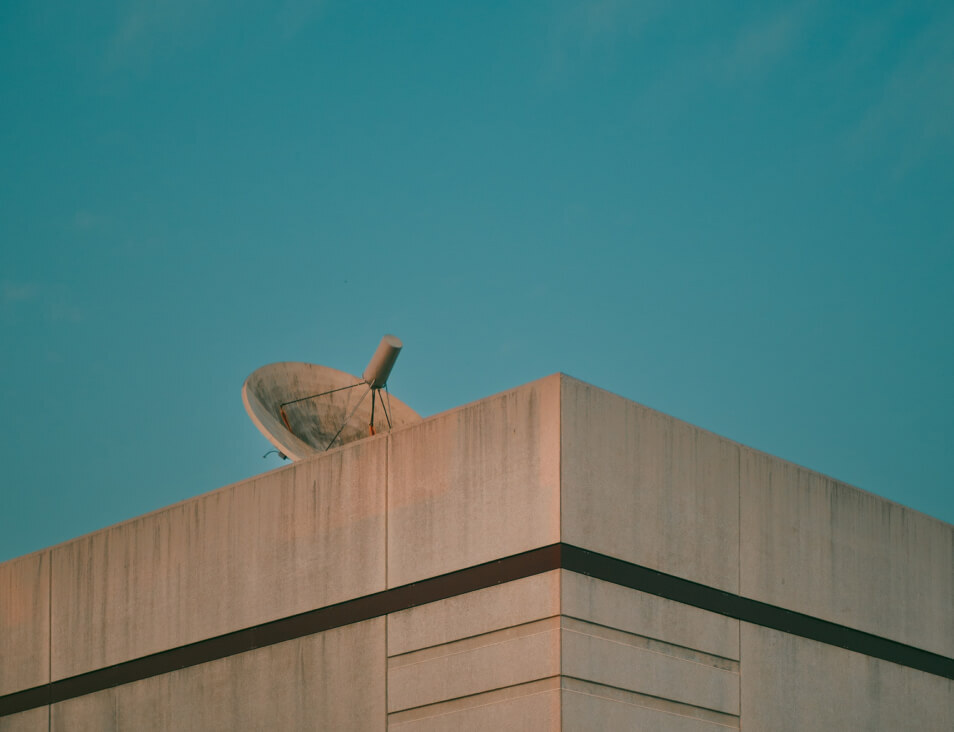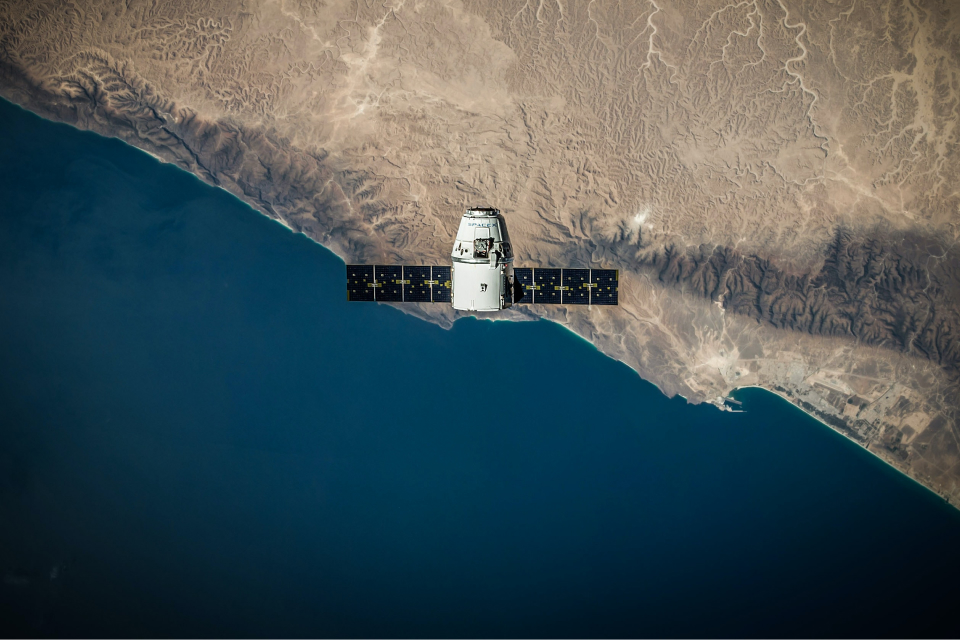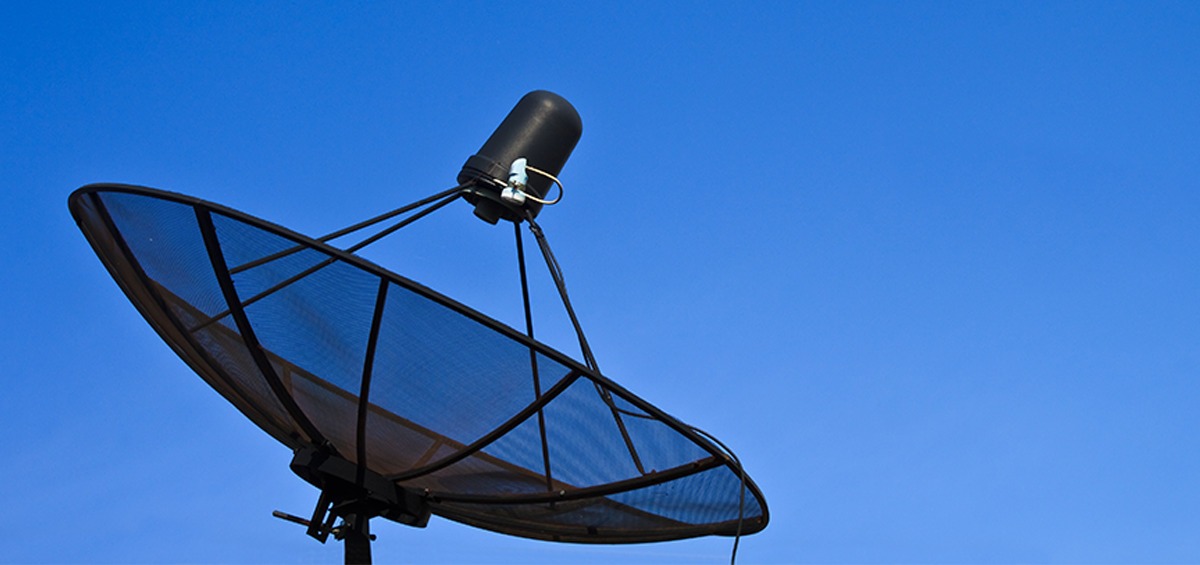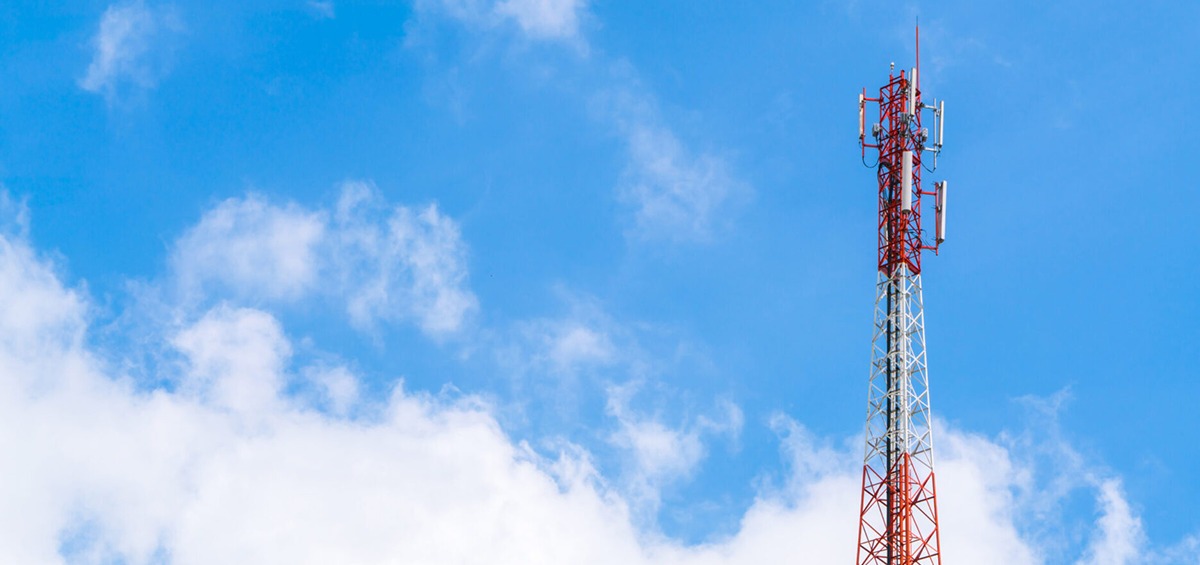The 28 GHz frequency band has become hotly contested territory between the cellular communications and the satellite communications industries in recent times. The Department of Telecommunications is the authority responsible for deciding on the allocation of the band and is currently deliberating how it may be used best. This blog post explains why the allocation of the 28 GHz frequency band is the subject of such heated debate and the impact that the decision of the DoT may have on the satellite and cellular communications industries.
Introduction
In recent times in India, the 28 GHz frequency band (27.5-28.5 GHz) has been the subject of much debate and competition. Two major industries, the cellular communications industry and the satellite communications industry have contested this frequency band.[1] Both of these industries believe that the band should be allocated for use by their industries to the exclusion of the other. This post explains why the 28 GHz band is the subject of this contest, the positions of both industries and recent developments in India on the subject.
Why is the 28 GHz band important to the satellite industry?
The 28 GHz band is part of the Ka band (27.5-40 GHz) which is used by the satellite industry. This band has been used for satellite communications around the world, specifically earth to space transmission, as has been recognised by the World Radio Congress.[2]
Because this band was allocated for satellite communications, a number of companies, including the Indian Space Research Organisation (ISRO), launched satellites into orbit with transponders tuned to the 28 GHz band.[3] What this means is that receivers onboard the satellite will receive information transmitted to them from the ground in this frequency band. Since these satellites are already in orbit, and have lifespans of several decades, the satellite communications sector wants to continue using this band for communication with those satellites.
If the sector is not allowed to use this frequency, it would lead to satellites not being able to operate at maximum capacity, since this band cannot be used to transmit to the satellite. India already has a bandwidth capacity crunch on satellites which has been ongoing for some time. The satellite industry in India does not want these woes to be compounded with the 28 GHz band being allocated for 5G use.
Why does the cellular communications industry want the 28 GHz band?
India has seen unprecedented advances in the levels of internet and mobile penetration in the last decade. As of 31st August 2021, India had over 650 million urban mobile telephone subscribers.[4] To cater to this growing number in areas of high population density requires greater bandwidth to be used for cellular communication. The GHz bands provide scope for the allocation of frequency bands of large bandwidths due to which they are in demand by the cellular communications industry. Other than this, higher frequencies (such as those around the 28 GHz mark), can transmit higher data rates in dense areas. The range of these frequencies is low, but the speed of transmission is better than lower frequencies. This makes them ideal for transmission in urban environments for applications that require high speeds such as 5G.
Gigahertz is used to refer to a billion hertz while megahertz is used to refer to a million hertz. So far, most cellular communication took place on megahertz frequencies. Thus, when a 1 MHz bandwidth band was allocated to cellular communications (say 27.5-28.5 MHz), this meant they were given a million hertz of bandwidth. However, when a 1 GHz bandwidth band is allocated to cellular communication (say 27.5-28.5 GHz), they obtain a billion hertz of bandwidth. This increased bandwidth allows telecom service providers (TSPs) to satisfy the mobile communication requirements of those many more customers. Hence, TSPs in India and across the world have been trying to obtain access to bands in the Gigahertz frequencies and amass bands of larger bandwidths to be able to serve a growing customer base.
The US, South Korea and Japan allowed trials on the 28 GHz band in 2015 for use in 5G services. These experiments, conducted by Samsung and Qualcomm, showed positive results in urban environments.[5] Subsequently, the three countries and Canada allocated this band to be used for 5G services. Major telecommunications equipment manufacturers across the three countries have manufactured backend equipment tuned to the 28 GHz band among others, which they are now attempting to export to other countries, including India. This has led both the manufacturers as well as TSPs in the countries that they wish to export equipment to, to advocate for 28 GHz to be allocated to 5G. Some governments have already allowed tests to be run for using the band for 5G services as illustrated below:
| Where countries stand on allocating 28 GHz to cellular communication[6] | |
| Tested and supporting 28 GHz | US, Canada, South Korea and Japan |
| Testing 28 GHz | UK, Russia, Spain, Italy, South Africa, Argentina, Chile, Malaysia, Colombia |
| Supporting 26 GHz | Majority of Europe, Africa, Central Asia and Brazil. |
The situation in India
The final decision for allocation of the 28 GHz frequency lies with the Department of Telecommunications (DoT) in India. For the allocation and auction of frequencies, the DoT usually seeks the recommendation of the Telecom Regulatory Authority of India (TRAI). In 2019, TRAI released a whitepaper titled ‘Enabling 5G in India’ which acknowledged the strong telecom equipment ecosystem for the 28 GHz band and the benefits of using this band for 5G services.[7] Subsequent to this paper, the DoT allowed trials for 5G to be conducted and included the 28 GHz band among the spectrum allocated for trials.[8] The Department of Space (DoS) opposed this move and refused to free up any part of this spectrum for a large scale 5G rollout.[9]
This debate became dormant due to substantial delays in conducting 5G trials over issues of participation by Chinese manufacturers. However, the topic has been reignited, with large scale 5G trials undertaken by Indian TSPs in 2021.[10] In response to these trials, DoT has sent a reference to the Telecom Regulatory Authority of India (TRAI), asking it to recommend base prices for auction of frequencies.[11] This auction is reported to include a number of frequencies for 5G use, in expectation of 5G deployment by TSPs. Reports also suggest that the reference included the 28 GHz band which suggests that it will be auctioned with the other cellular frequencies and may finally be allocated for 5G use.[12]
A recent comment by Telecom Secretary, K Rajaraman, suggested that the DoT and TRAI are undertaking studies for the sharing of the 28 GHz band among others between the satellite and cellular communications industries[13]. However, experts have suggested that sharing between these may not be possible due to interference caused for both cellular communication and satellite communication services.[14]. The DoS and other satellite operators have stated that even partial sharing of the band will cause substantial interference with its satellite communication operations.[15]
Conclusion
The battle for the 28 GHz frequency band will likely be decided through the upcoming frequency auction process for telecom in 2022. TRAI will hold a consultation process for the frequencies being auctioned in response to the reference sent to them from DoT. This consultation process will be pivotal to determining the fate of the 28 GHz band. Unless DoT and TRAI can come up with an ingenuous solution which allows sharing of the band, one of the two industries- satellite communications or cellular communications will have to suffer.
If the 28 GHz band is not allocated for use in 5G services, the cellular communications industry may face a shortage of spectrum. They will have to find other creative ways of delivering 5G services to an ever-growing population of mobile internet users in densely populated urban environments. However, for the satellite communications industry, not being allocated the 28 GHz band would lead to a worsening of the bandwidth shortage that exists because existing satellites may not be able to operate at optimal capacity. It would also mean that no future satellites being launched for delivering services to India could use equipment which is tuned at 28 GHz. India needs to also be mindful of the fact that the World Radio Congress has not yet deliberated allotting the frequency band to the cellular communications industry and that the EU and a number of other countries have allotted it for satellite communication. Finally, it is important to consider the impact of satellite communication and broadcasting in connecting rural and far-flung regions in the country and the use of space as a tool of nation building. While a solution needs to be found to expand the spectrum available for the provision of 5G services, it should not come at the cost of capacity for the satellite communications industry.
This piece has been authored by Rahul Krishna, Consultant with inputs from Anirudh Rastogi (anirudh@ikigailaw.com), Managing Partner at Ikigai Law.
Image credits: Freepik
[1] https://www.lightreading.com/asia/satellite-firms-telcos-fight-over-28ghz-spectrum-in-india/d/d-id/770176
[2] https://www.itu.int/dms_pub/itu-r/oth/0C/0A/R0C0A00000F0056PDFE.pdf
[3] https://telecom.economictimes.indiatimes.com/news/industry-group-seeks-mmwave-band-for-satellite-broadband-services/86580056
[4] https://trai.gov.in/sites/default/files/PR_No.45of2021_0.pdf
[5] https://www.ni.com/en-in/innovations/white-papers/16/mmwave–the-battle-of-the-bands.html#section-1847744518
[6] https://www.gsma.com/spectrum/wp-content/uploads/2021/03/26-and-28-GHz-for-5G.pdf
[7] https://trai.gov.in/sites/default/files/White_Paper_22022019.pdf
[8] https://www.business-standard.com/article/companies/dot-allocates-spectrum-for-5g-trials-to-telecom-service-providers-121052801737_1.html
[9] https://economictimes.indiatimes.com/industry/telecom/telecom-news/dept-of-space-isro-refuse-to-free-up-28-ghz-band-for-5g-rollout/articleshow/68714554.cms?from=mdr
[10] https://gadgets.ndtv.com/telecom/news/airtel-5g-trial-gurugram-rollout-begins-1gbps-speed-2463720
[11] https://www.thehindu.com/business/Industry/dot-seeks-trais-views-on-spectrum-pricing-quantum-ahead-of-5g-auction/article36649598.ece
[12] https://www.thehindu.com/business/Industry/dot-seeks-trais-views-on-spectrum-pricing-quantum-ahead-of-5g-auction/article36649598.ece
[13] https://economictimes.indiatimes.com/industry/telecom/telecom-news/dot-trai-exploring-ways-to-optimise-spectrum-bands-useful-for-both-5g-and-satellite-services-dot-secy/articleshow/86938574.cms?from=mdr
[14] https://www.akgec.ac.in/wp-content/uploads/2019/06/1_-Dr.-LAURA-Roberti_Spectrum-Policy-for-Satellite-and-5G-Systems-Focus-on-28-GHz-Band.pdf
[15] https://economictimes.indiatimes.com/industry/telecom/telecom-news/dept-of-space-isro-refuse-to-free-up-28-ghz-band-for-5g-rollout/articleshow/68714554.cms?from=mdr; https://telecom.economictimes.indiatimes.com/news/shared-use-of-28ghz-bandwidth-for-satcom-5g-will-impair-investments-sia-india/82100997










